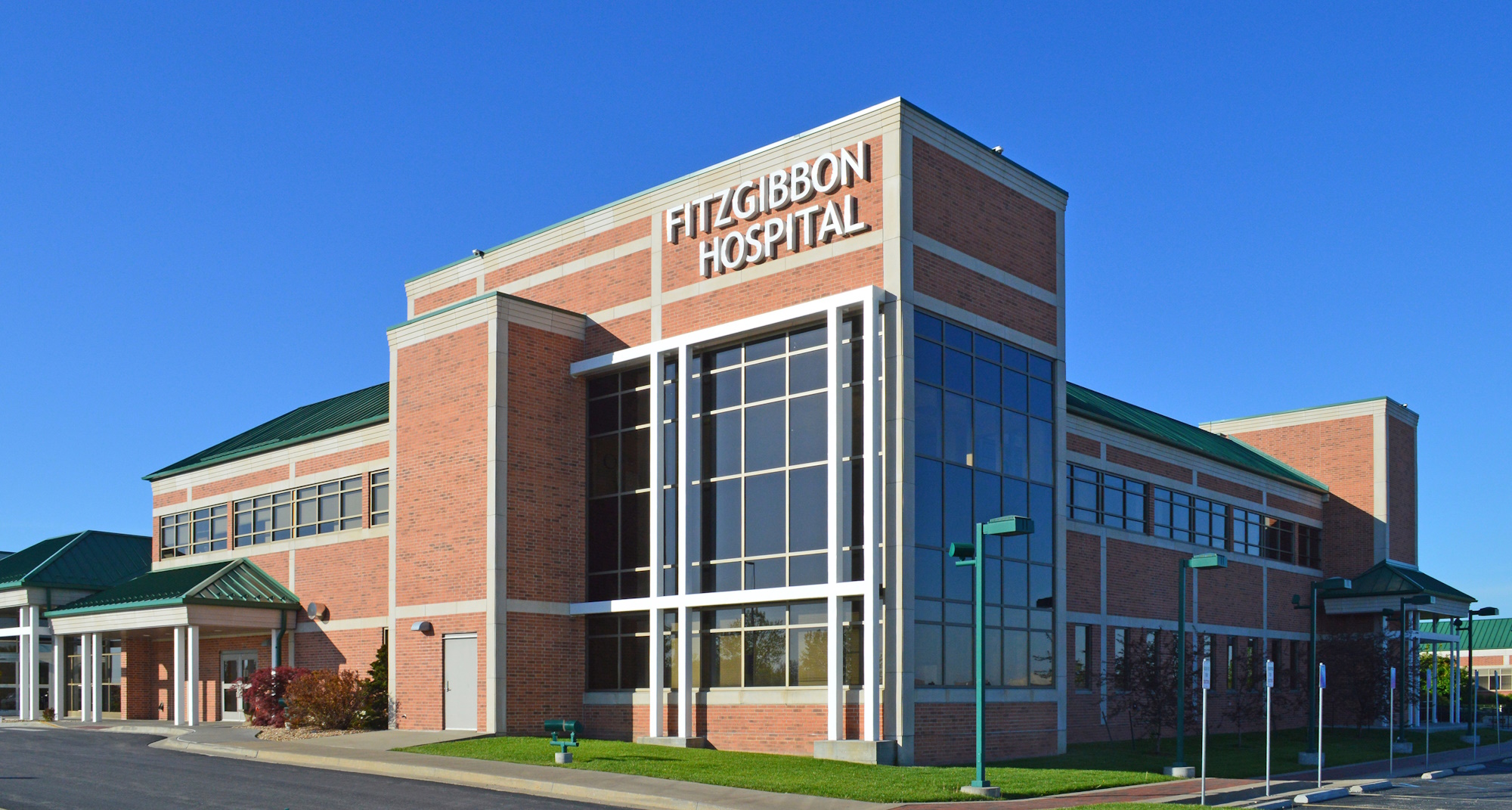Farm Community Faces Elevated Skin Cancer Risk
October 07, 2025

Agricultural workers across Missouri face significantly higher exposure to ultraviolet radiation than most occupations, placing them at increased risk for skin cancer, according to federal health officials and local medical experts.
Nearly 5 million people are treated for skin cancer each year in the United States, according to the Centers for Disease Control and Prevention, with 97,059 new cases of melanoma diagnosed in 2022, according to the Centers for Disease Control. For Saline County, home to the state's second-largest farm economy, these statistics carry particular weight.
"We see a steady stream of patients with skin cancers that could have been prevented," said Dr. Roy Elfrink, a general surgeon at Fitzgibbon Hospital who frequently removes skin cancers. "Many of our agricultural workers spend decades in the sun without adequate protection, and we're treating the consequences."
Research from CDC reveals a troubling pattern among outdoor workers. Agricultural and construction workers may be at increased risk for skin cancer because of high levels of ultraviolet radiation exposure from the sun, according to CDC research published in the journal Preventing Chronic Disease. An international study found an excess of melanoma skin cancer among agricultural workers compared to the general population.
Despite the risks, protection remains inadequate. About one-third of agricultural workers reported at least one sunburn in the past year, according to the National Health Interview Survey conducted by the National Center for Health Statistics. More concerning, the prevalence of sunscreen use ranged from only 15.1% to 21.4% among agricultural workers, well below the national average, according to the NHIS data.
The CDC study found that while most agricultural workers reported using at least one form of sun protection, the prevalence of using multiple protective methods was low.
"We encourage our agricultural community to use broad-spectrum sunscreen with SPF 30 or higher, wear wide-brimmed hats and long sleeves when possible, and schedule outdoor work to avoid peak sun hours between 10 a.m. and 4 p.m.," said Elfrink, emphasizing that prevention requires a comprehensive, consistent approach.
Employers can help protect outdoor workers from skin cancer by increasing awareness of sun-exposure risks and providing sun-protection resources such as protective clothing, headwear and sunscreen, according to CDC recommendations.
Early detection remains critical. The American Cancer Society recommends regular skin self-examinations and annual professional skin checks, especially for those with significant sun exposure. Warning signs include new growths, changing moles or sores that don't heal.
For Saline County's farming community, skin cancer prevention isn't just good health practice—it's an occupational necessity. If you have spots on your skin, it is always good to point them out to your primary care provider. If a spot concerns them, ask to be referred to Roy Efrink, M.D. at Marshall Surgical Associates, for assistance in identifying and removing pre-cancerous or cancerous lesions without ever having to leave the Saline County area.


